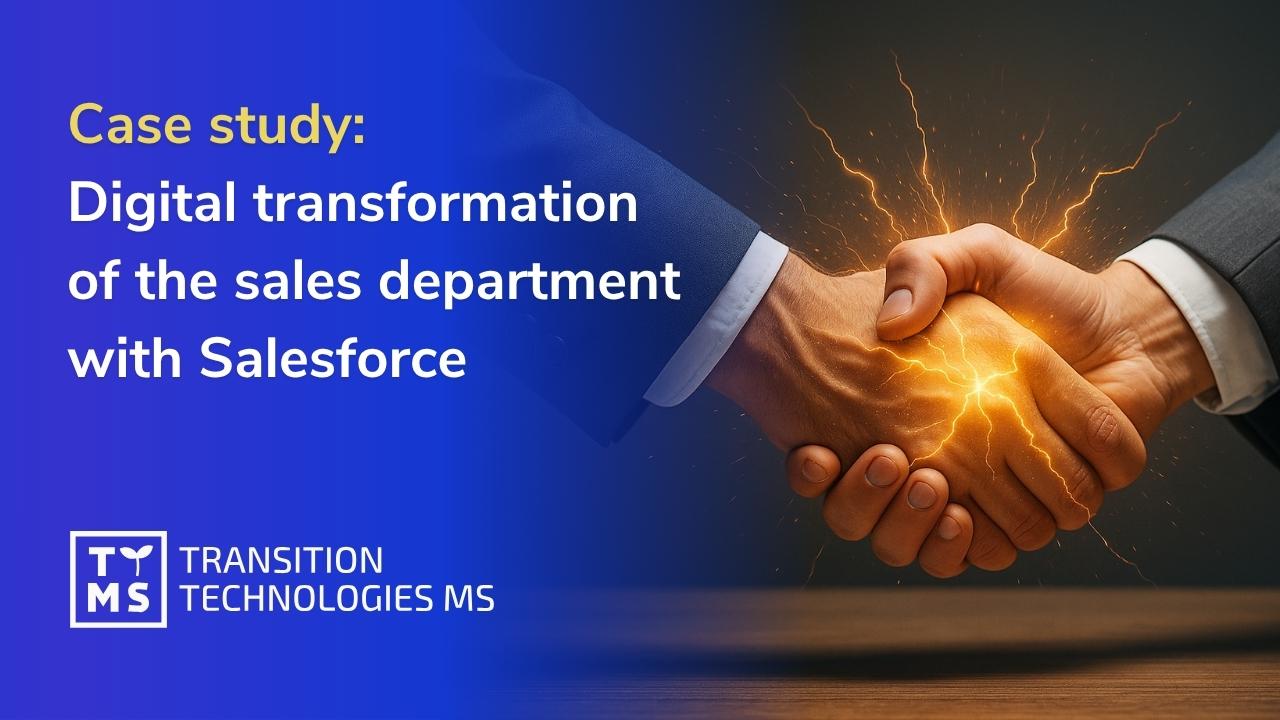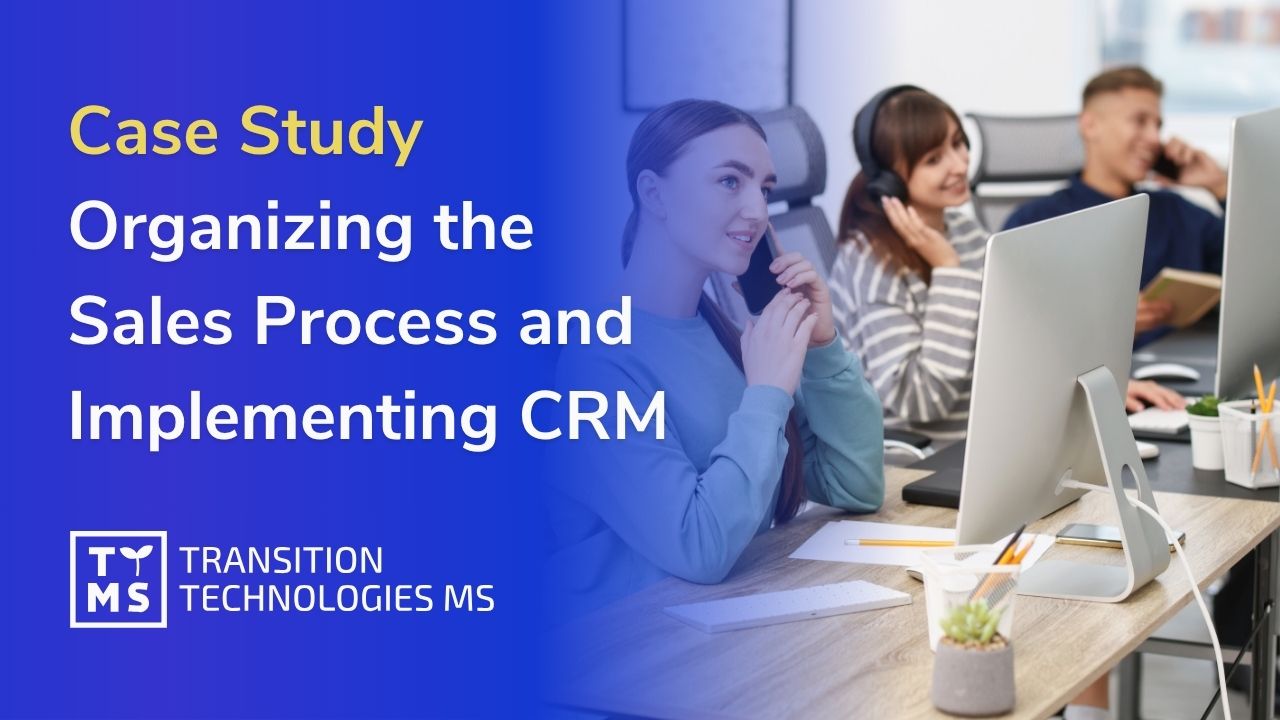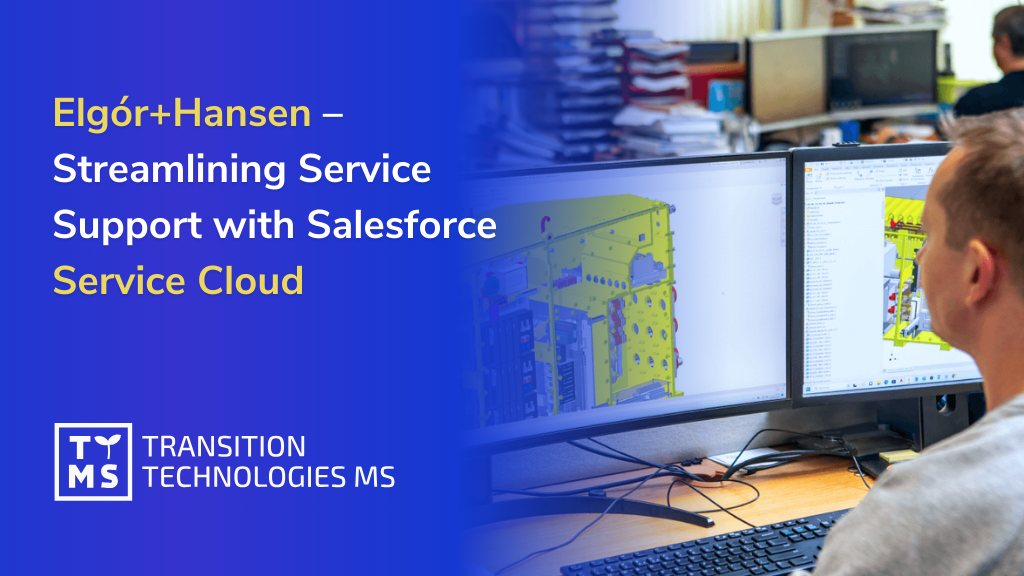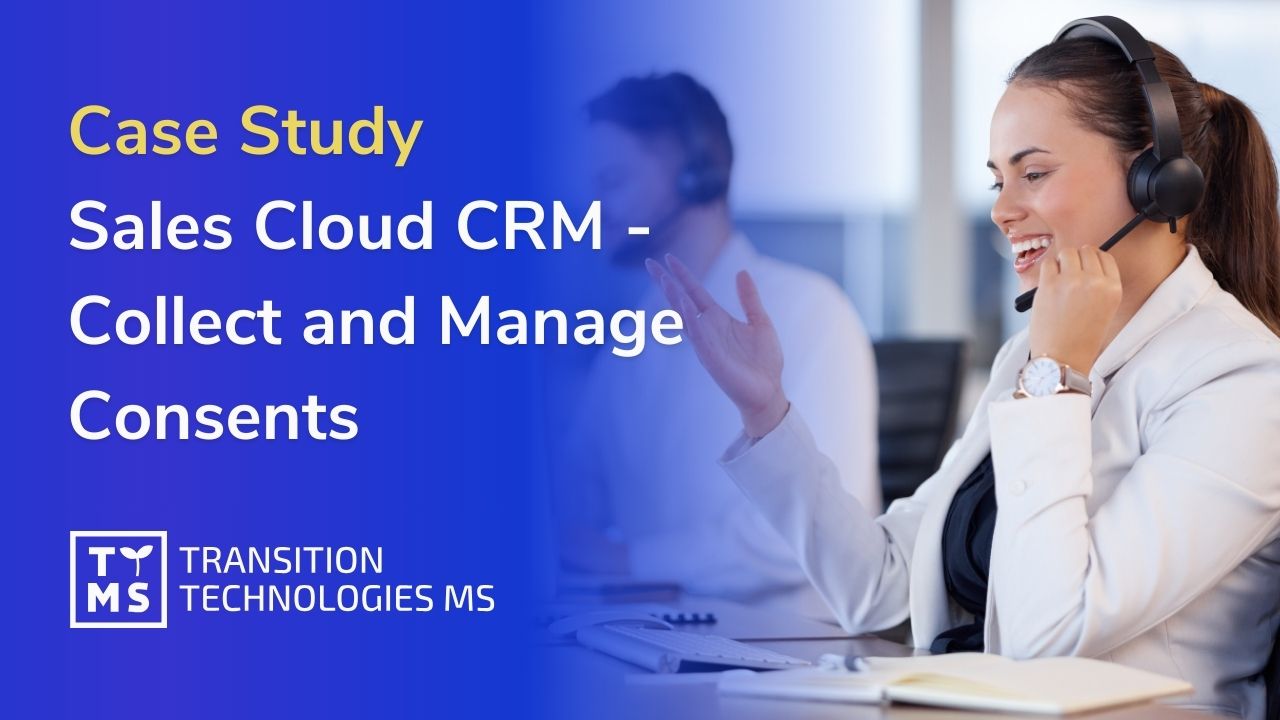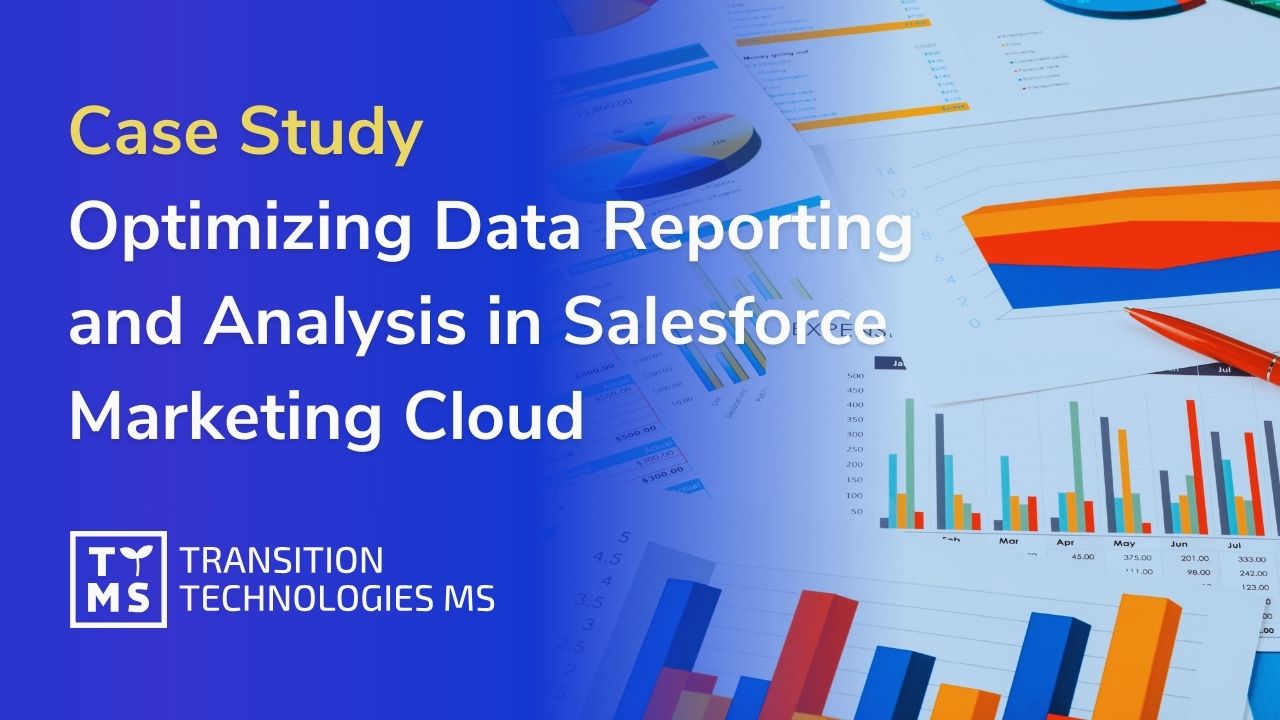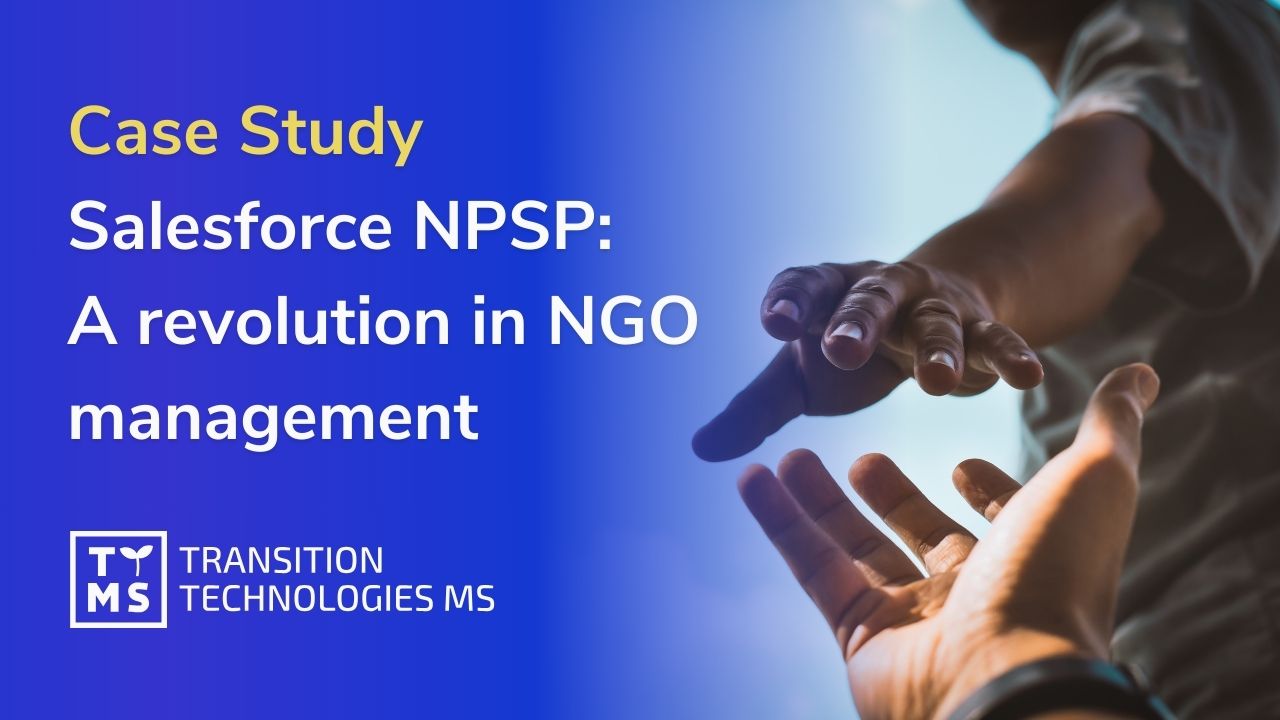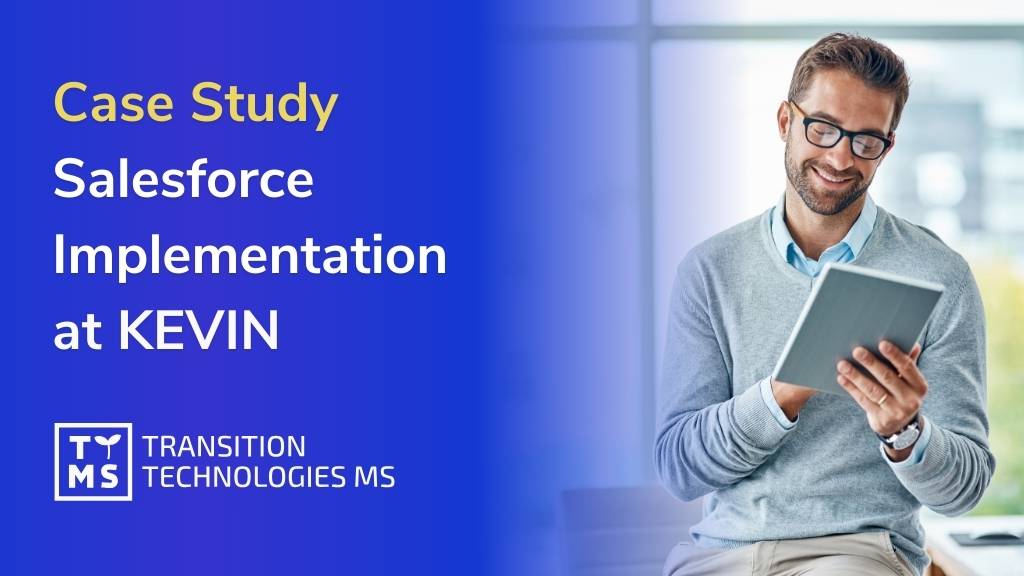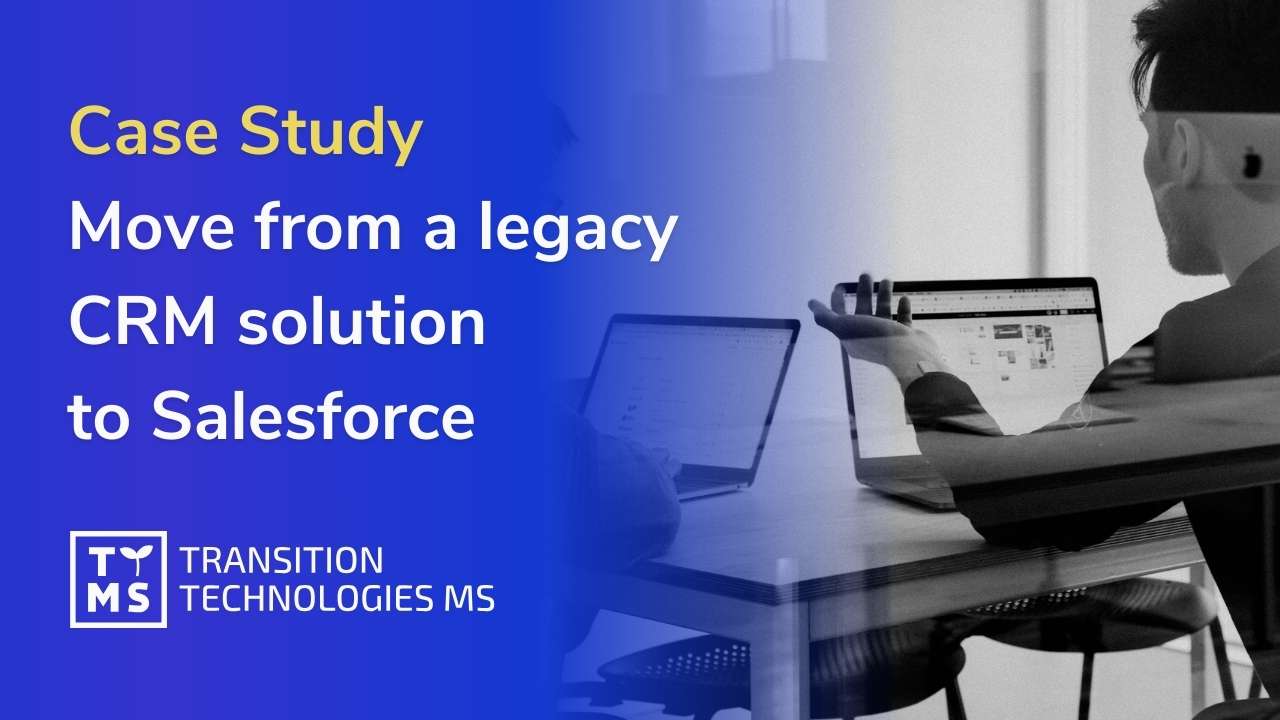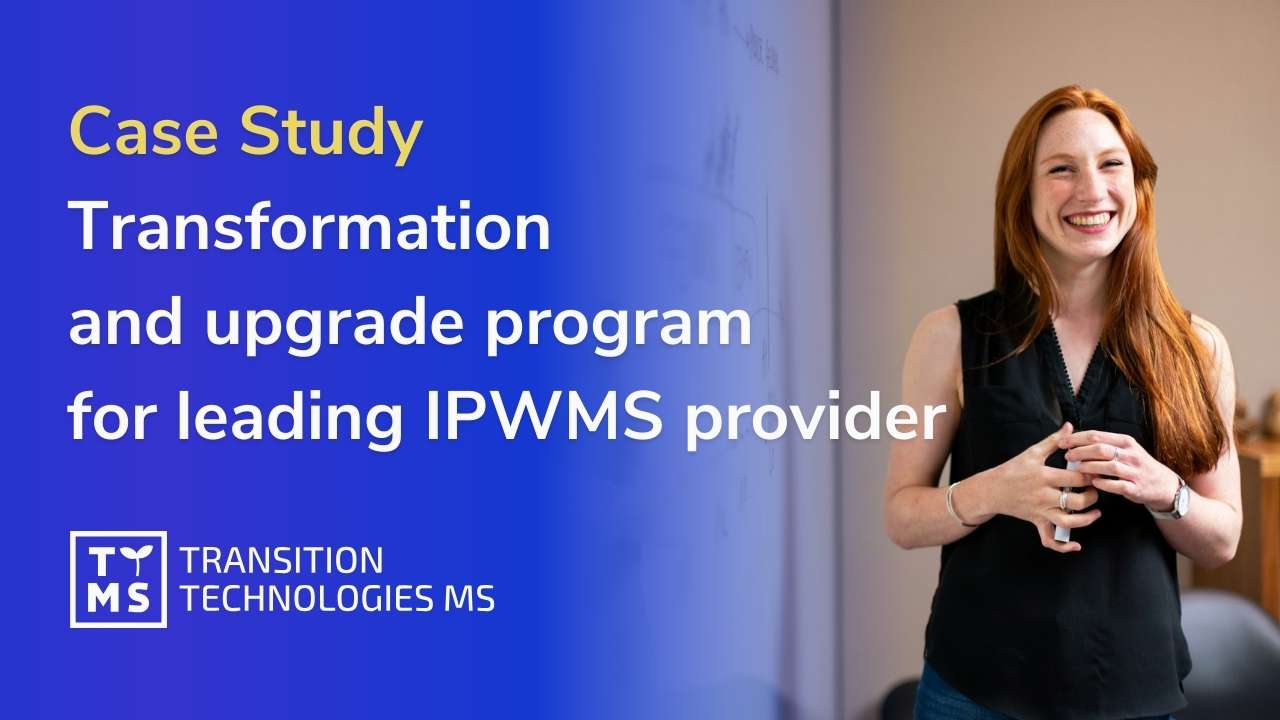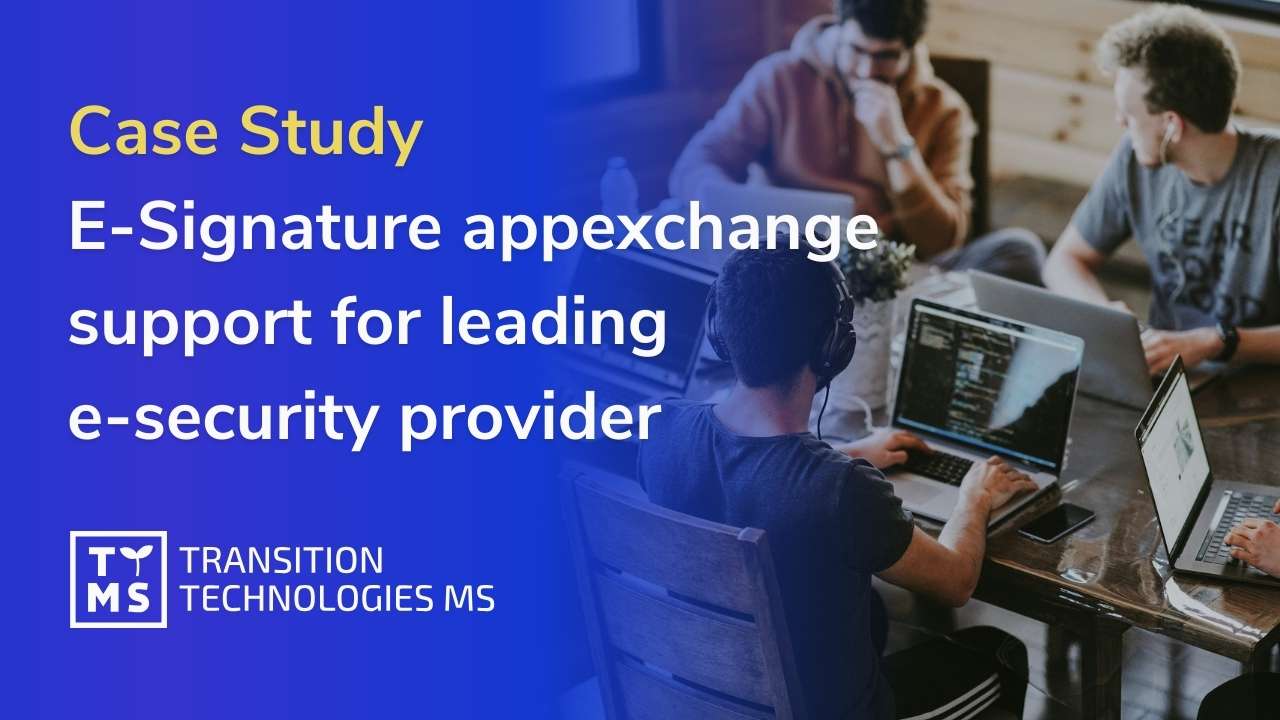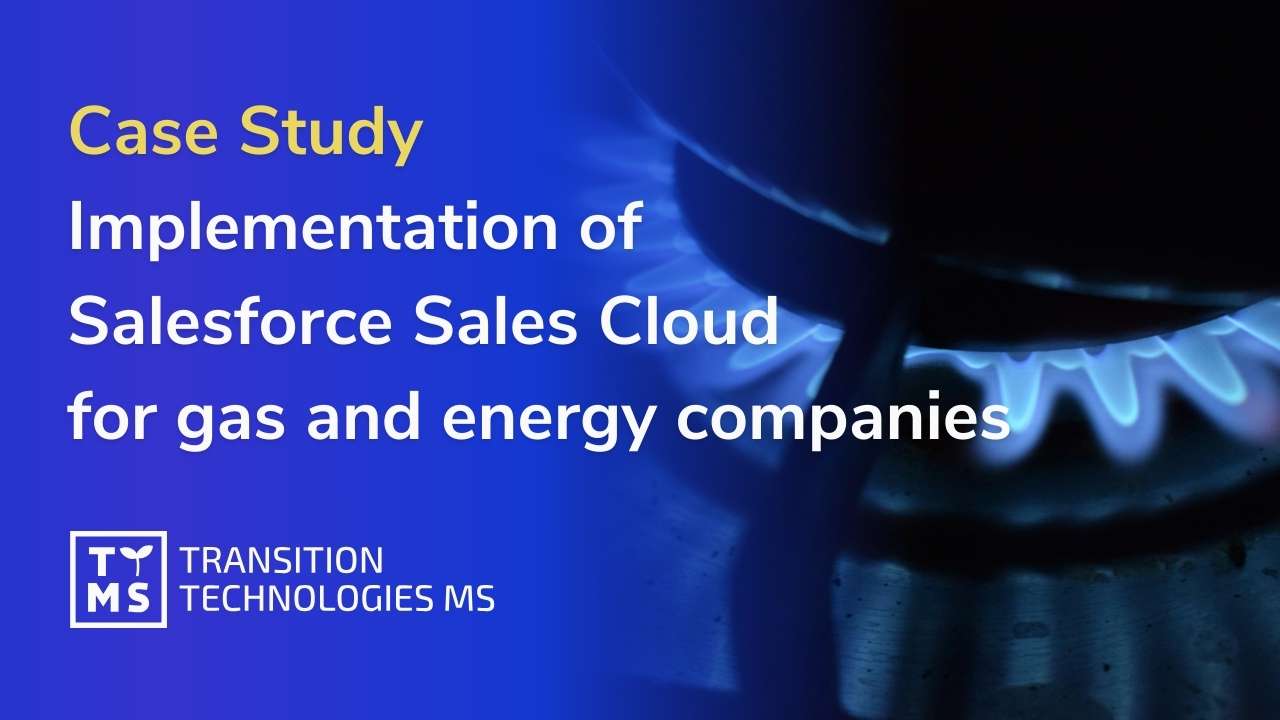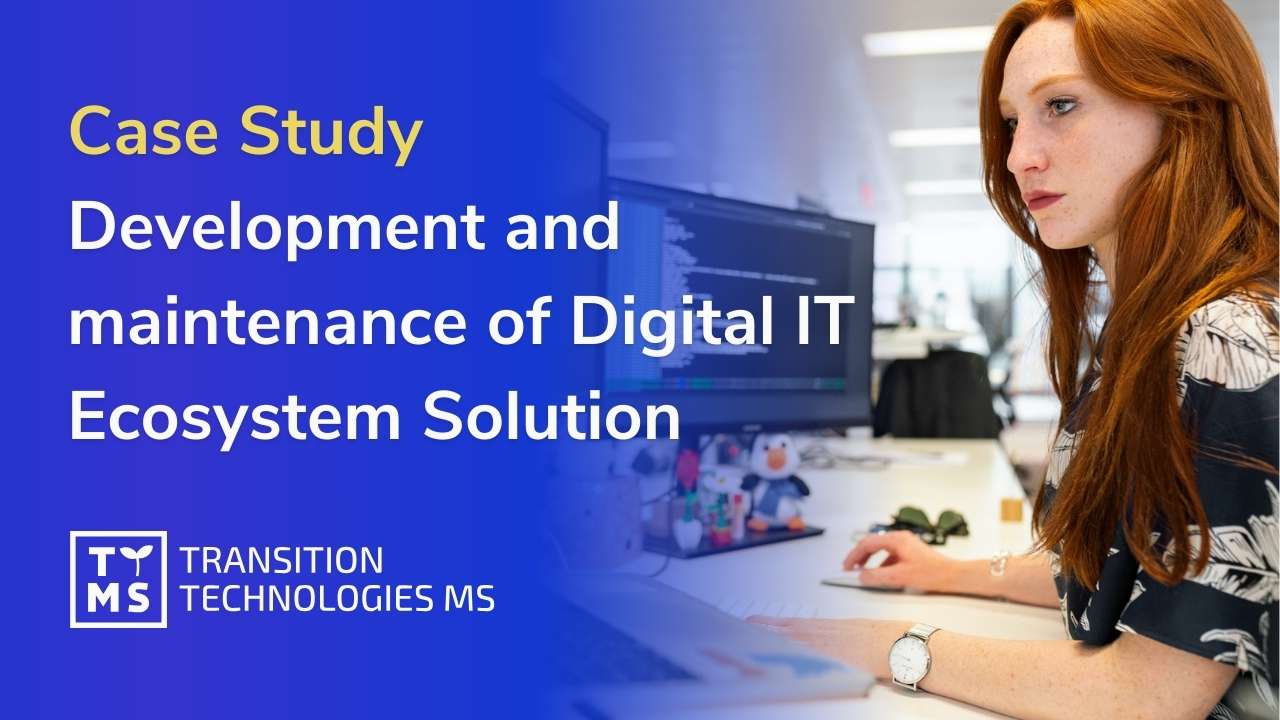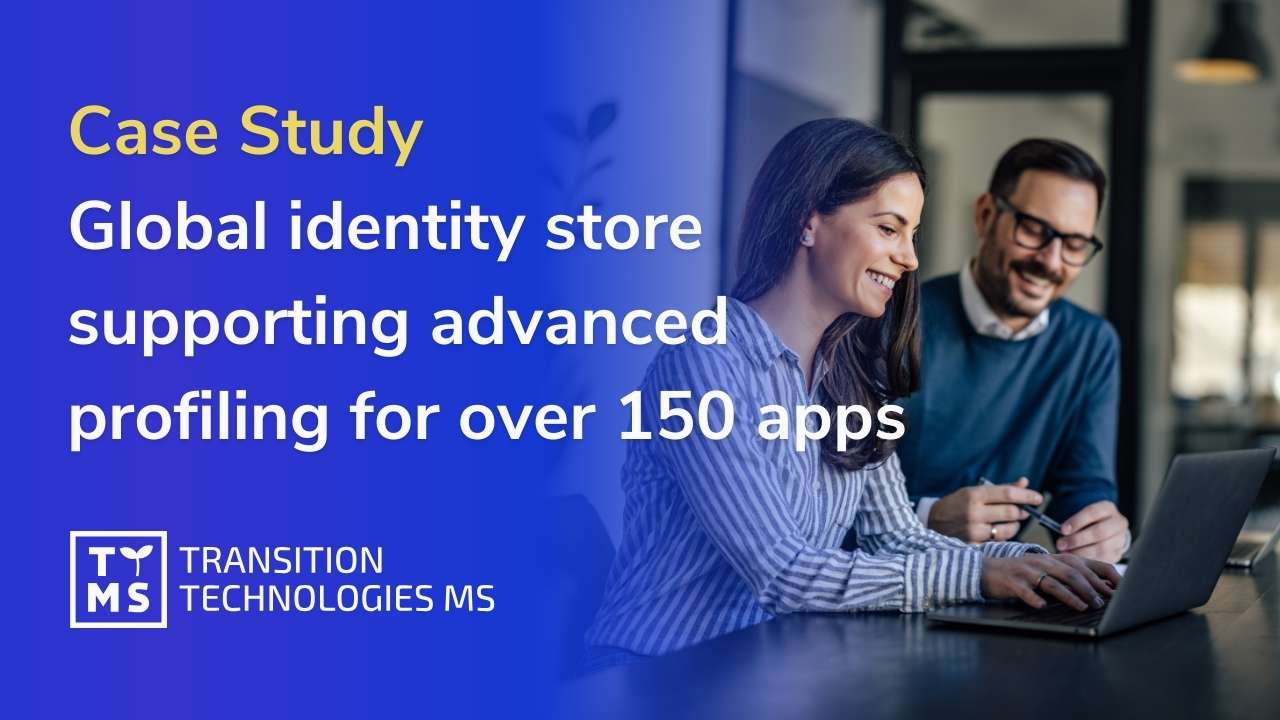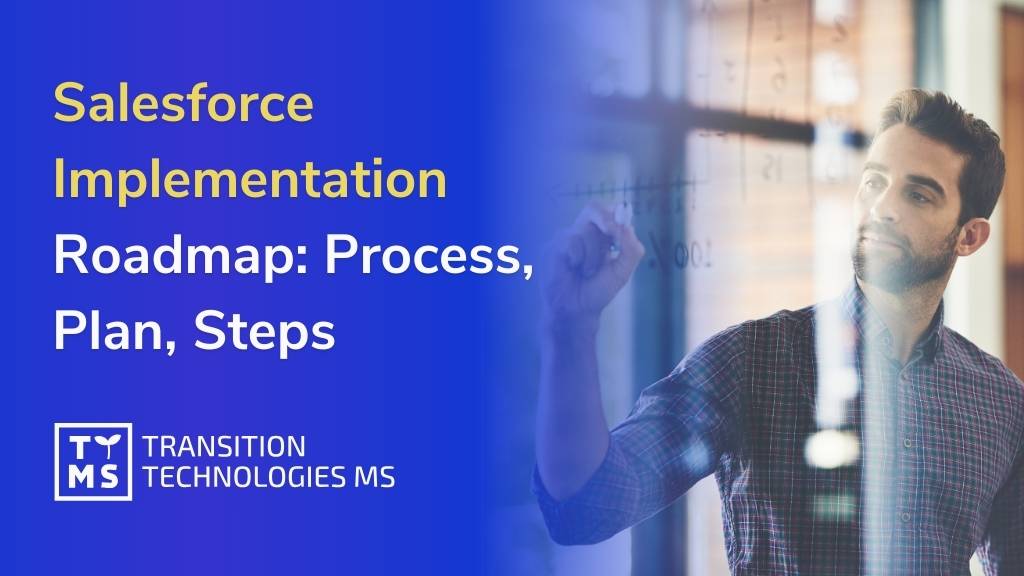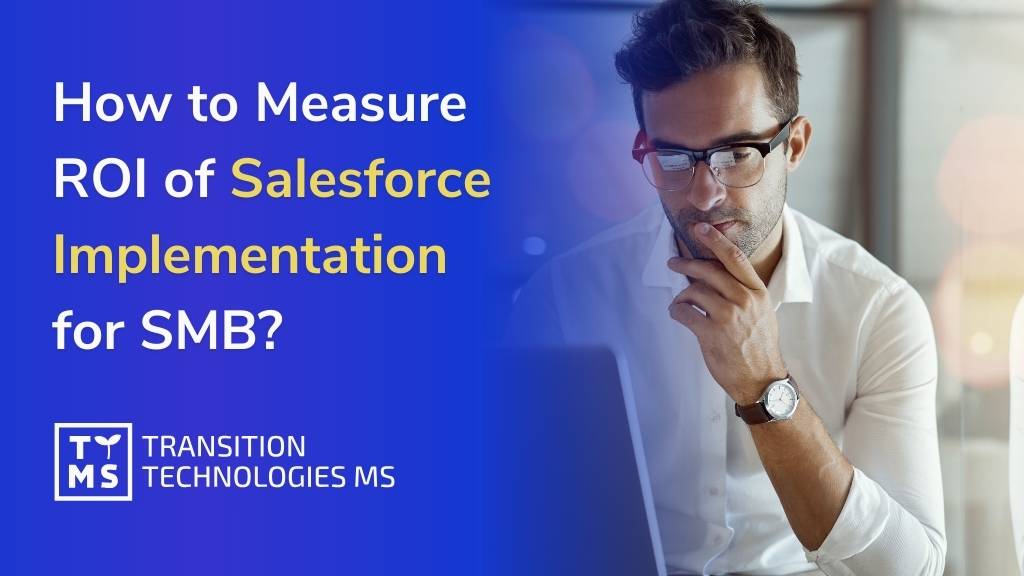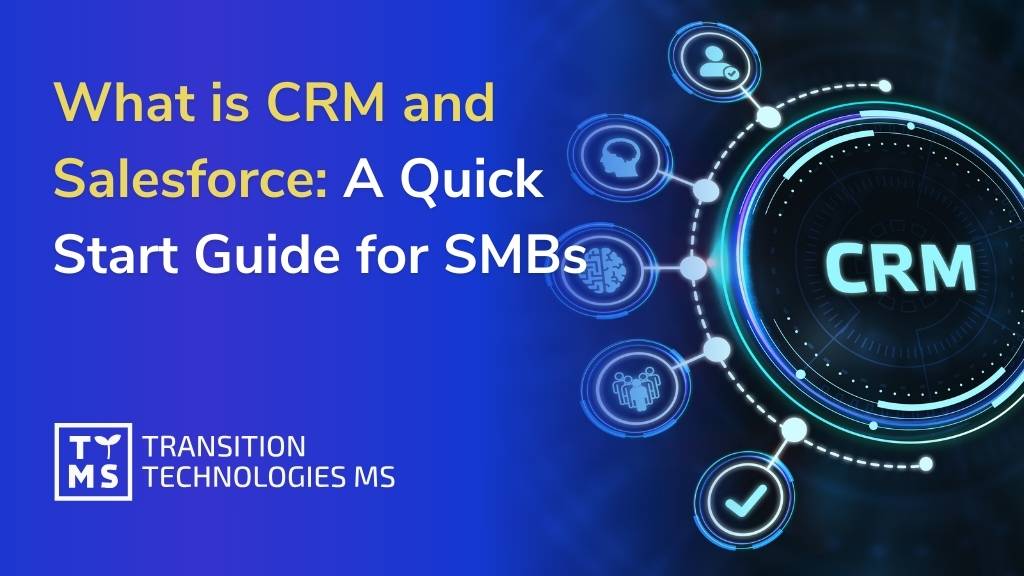Flexible Outsourcing Services
Do you use the Salesforce platform and need help choosing the right support model to adapt it to your current needs, budget, and long-term business goals?
We offer two outsourcing models: Body Leasing and Managed Services. Both provide support for Salesforce development, but they differ fundamentally in their approach.
Customers to Whom We Dedicate Our Offer:
Companies with an Existing Salesforce Team
Competency Support and Team Scaling
Our offer is ideal for companies that need additional expert support to meet growing business requirements. We provide specialists with advanced technical knowledge and experience in working with Salesforce, who can strengthen your existing team and help implement complex projects.
Enterprises That Need Flexible Resources
Body & Team Leasing
Our leasing services for Salesforce teams and specialists are dedicated to companies that require flexible resources to implement short-term projects or temporarily increase their workforce. This solution allows companies to quickly respond to changing market needs without committing to long-term staffing.
Organizations Requiring Ongoing Operational Support
Managed Services i Helpdesk
For companies that require continuous operational and technical support, we offer comprehensive managed services and helpdesk. We provide proactive management, monitoring, and technical support to ensure the smooth operation of Salesforce systems and quick resolution of any issues.
Companies Looking for Cost-Effective Solutions
Nearshoring
Our offer is tailored to enterprises that aim to reduce operating costs while maintaining a high standard of services. Thanks to the geographical and cultural proximity of our teams, we are able to provide high-quality services under favourable financial conditions.
Enterprises Expecting a Personalized Approach
Boutique Consultancy
For companies that need personalized advice and individually tailored solutions, we offer boutique consultancy. Our experts work directly with clients to understand their unique needs and deliver solutions precisely tailored to their specific business requirements.
Within Salesforce, our client base includes:
Why should you choose our outsourcing services? Discover the business and operational benefits we offer to your company:
Body Leasing
Managed Services
How Does the Ordering Process Work in the Body Leasing Model?
1.Analysis of the Client’s Needs:
The client provides us with guidelines and information regarding their needs, including a detailed job description and required certifications and skills. After the analysis, we propose the best option, considering the necessary qualifications of the specialist and the scope and duration of support.
2. Matching Appropriate Specialists:
Based on the information collected, we select candidates with the appropriate qualifications. For example, if the client needs a Senior Architect with three specific Salesforce certifications for six months, we will find the perfect person who meets these requirements.
3. Offer Presentation and Support:
We present a list of candidates who best meet the client’s requirements. We provide full support at every stage of cooperation, from selecting a specialist to completing the project.
4. Negotiations and Arrangements:
Finally, we negotiate the rate and establish the contract terms, including the project duration and scope of work. Our goal is to ensure that the customer feels they receive the best possible value under the contract.
How We Work with Our Clients in the Managed Services Model?
Initial Consultation and Understanding Needs:
We begin with a detailed conversation with the client to understand their needs, business goals, and the specifics of their current Salesforce environment. We analyze functionality, management, and support requirements to accurately determine which support model will be most appropriate.
Audit of the Current Salesforce System:
We conduct a thorough audit of the client’s current Salesforce system, evaluating its configuration, processes, and performance. This allows us to identify areas needing optimization and potential issues that may require immediate attention.
Development of a Service Plan and Proposals:
Based on the information collected, we create a personalized support plan. Our proposal outlines a detailed scope of activities, a support schedule, and expected results. This plan is tailored to the client’s specific needs and goals.
Presentation of the Offer and Matching:
The client receives a detailed support offer, including all proposed services and their costs. We ensure that the offer meets their expectations and needs, making adjustments if necessary.
Establishing the Terms of the Contract:
Establishing the Terms of the Contract: We finalize the contract by negotiating the terms of cooperation, including the scope of services, contract duration, and detailed requirements for reporting and monitoring results. Our goal is to ensure transparency and customer satisfaction with the services received.
Implementation and Monitoring:
After signing the contract, we begin cooperation under the Managed Services model. We monitor the Salesforce system, ensuring continuity and operational optimization. We regularly report on progress and results, adapting activities as necessary. We respond quickly to customer requests and notifications, providing ongoing support.
Continuous support and optimization:
We offer ongoing support and consulting to ensure that your Salesforce system performs at the highest level. Regular reviews and optimization are part of our services, which allows us to respond to changing business and technological needs on an ongoing basis.
Thanks to this detailed approach, customers can be confident that their Salesforce system is managed by experts, allowing them to concentrate on the key aspects of their business.
The competency base of our Salesforce TTMS team:
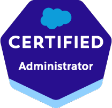
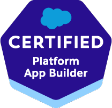
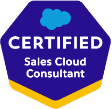
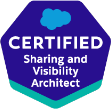
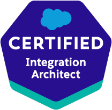
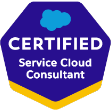
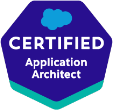
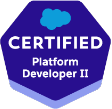
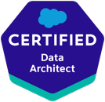
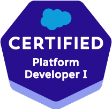
Market sectors we assist our clients in:
Pharma
Automotive
Manufacturing
Finance
IT
Logistics / Transport
Professional
Services
Luxury
goods
Construction
Hospitality /
Travel

Non-Profit Organisations
OZE / Energy
Read articles on our blog
Watch our Videos
FAQ
What is the difference between Body Leasing and Managed Services in the context of Salesforce?
Body Leasing involves providing Salesforce specialists to supplement the client’s existing team, working under the client’s supervision. Managed Services, on the other hand, offers comprehensive management of the Salesforce system, including remote support, optimization, and strategic consulting. This model allows for full care of the Salesforce ecosystem without the need for a dedicated in-house team.
What are the benefits of outsourcing Salesforce specialists?
Outsourcing provides access to experienced Salesforce experts without the need for permanent employment, which enhances flexibility in resource management, accelerates project implementation, and reduces operational costs.
Can I flexibly adjust the scope of support in the Body Leasing model?
Yes, the Body Leasing model allows you to adjust the number of specialists, the scope of support, and the duration of the engagement according to your project’s current needs. This flexibility facilitates effective cost and resource management.
How long does the process of implementing Salesforce specialists in the Body Leasing model take?
The implementation process is typically quick and efficient. Our specialists rapidly adapt to your company’s internal processes, enabling them to start working almost immediately and contribute to achieving your goals.
What competencies do Salesforce specialists at TTMS possess?
Our specialists are Salesforce certified and bring extensive experience in various aspects of the platform, including CRM management, marketing automation, customer service, and data management. They continuously enhance their skills to deliver the latest and most effective solutions.
What does the support process look like in the Managed Services model?
In the Managed Services model, we begin with a consultation and audit, followed by the development of a personalized support plan. We monitor and optimize the Salesforce system, providing ongoing technical support, updates, and strategic guidance. This allows your company to concentrate on business development.
Ready to take your business to the next level?
Let’s talk about how TTMS can help.

Sunshine Ang Sen Shuen
Sales Manager


















